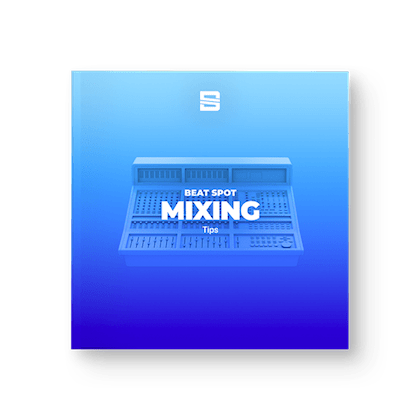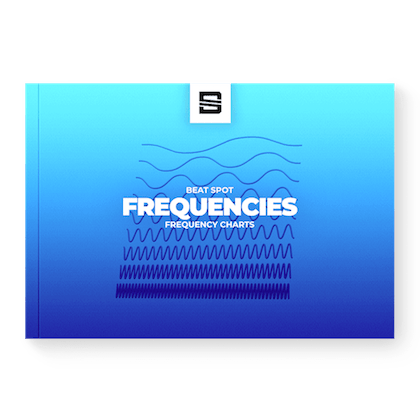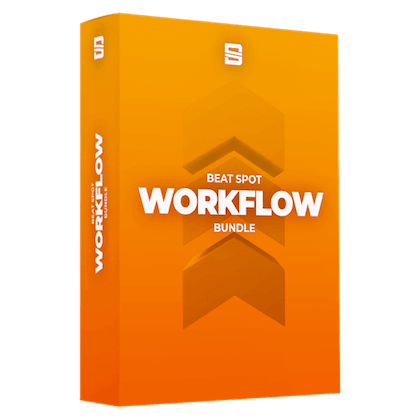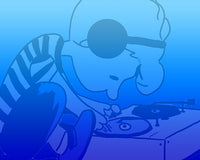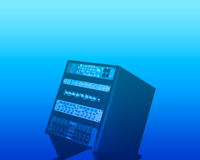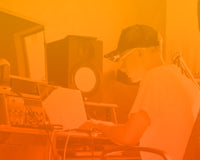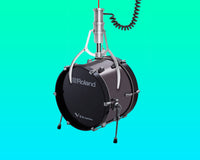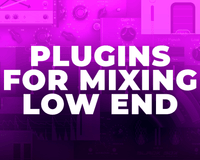Daft Punk's Random Access Memories was easily one of the best-produced albums of the last 20 years.
The care behind the production, the marketing campaign, and the overall project were astonishing.
RAM came out on 17 May 2013 after eight years of silence if we exclude the Tron's Legacy soundtrack.
The album received critical acclaim and won in several categories at the 2014 Grammy Awards: Album of the Year, Best Dance/Electronica Album, and Best Engineered Album, Non-Classical.

The lead single "Get Lucky" also won the awards for Record of the Year and Best Pop Duo/Group Performance.
So why was it such a worldwide success? Of course, it's a mixture of factors from the actual composition to the great musicians involved with the album.
But from a sonic standpoint, it's the attention to details who played a huge part. And the commitment to an idea:
"The whole point of this record was not to go back to the past; rather, it was to try and bring the timeless quality of the past into the present. We felt there were some things from the past that were about to disappear... Albums of this scale are not really made anymore, and the fact that they can't really be repeated makes this a special moment. And that's what life is. Life is a collection of unrepeatable moments one after another."

The Analog Dilemma
Daft Punk wanted to relive big-budget productions of the 60s, the 70s and the 80s. Their first big question was if it was worth it to do all the album on tape.
“In the same way that sometimes a film camera seems to grab a moment in raw emotion than with a digital camera, that’s what analog tape usually is ... it tends to - and we don’t know why - grab a magic moment that is emotional.” T.Bangalter
Peter Franco who was part of the recording and mixing team recalled:
"We were doing lots of tests with analog tape. We did things like record into Pro Tools and then transfer the material to tape, at various different levels, and then bring it back into Pro Tools. We then compared this with recording the same material directly to tape and transferring that to Pro Tools. We wanted to see what the different combinations did what and how tape could get us certain sounds...One of our conclusions was that we liked the sound we got when we went straight to tape and then to Pro Tools. We liked how tape changed the shape of a sound. It's a cool journey to understand what analog does. It wasn't just a matter of trying to find the sounds of the past, but also of trying to achieve the best sound possible today.”
No Plugins Rule

Peter Franco said in an interview with SOS:
“We decided from the get-go that we wanted analog to be a big part of this project, and during the first recordings with live musicians, Thomas and Guy-Man also decided to stay away from using plug-ins. Digital compression in particular is not appealing to us, and also, everyone is using the same plug-ins today. We wanted to step out of that and use the stuff plug-ins are actually modeled after”
Mick Guzauski (who mixed the record) tells about the “no plugins policy”:
"Thomas and Guy-Man were very specific about the kind of sound they wanted. They told me that they wanted a vintage feel, very analog, very smooth, but with a modern sound. They also did not want me to use any plug-ins, and they wanted me to record both analog and digital.
The only plug-ins that I used were the UA de-esser, because you can be really precise with them, and gates, because nothing beats gates that can look ahead! Other than that, it was all desk EQ and compression and outboard.”

Sound Effects from libraries? Nope.
Thomas Bangalter in an interview for telerama.fr tells us that they hired Sound FX specialists from Warners Bros. One evening, they placed in a restaurant with 20 guests a microphone in front of each fork to get an interesting ambiance and texture.

Multiple Bounces
Although relatively little processing was employed, the actual mixdown process for each song was astonishingly elaborated. "We mixed back into the Pro Tools session," explained Guzauski, "but we also mixed to three half-inch analog machines, with one running at 15ips and the other two at 30ips.
They were all Ampex 102 recorders, with the machine running at 15ips having custom Aria electronics. For some songs, we liked the 15ips master better because it had more saturation and the transients were more rounded off. But most of the album came from one of the 30ips masters, which both had stock Ampex electronics, but one had the Flux head and the other had the regular head.

Insane Microphone Choice
Guest at Score: The Podcast, Giorgio Moroder tells his working experience with the robots. He recalls being invited to the studio to work on a song. Instead of finding walls of synths, he finds three microphones and a chair. They then start to record 3 hours of speech of Giorgio telling his life story.
Each microphone was from a different era. A microphone from the 50’s that was used when Giorgio talked about his past. In Italy. Another one from the 60s when he goes through is youth and a modern microphone for the future. When Moroder asked to the recording engineer “Who would tell the difference? Nobody! So why are you doing this?” then the engineer replied: “Oh, they hear the difference”.

Vocoders
The duo produced most of the vocoder tracks in their own private studio in Paris, with later processing done by Mick Guzauski at Capitol studios. Giorgio Moroder elaborated that Daft Punk would take "a week or so" just to find an adequate vocoder sound, and an additional few days to record the lyrics.
Conclusions
RAM still remains an exception in a sea of low budget homemade productions. In fact, it cost the duo more than 1 million dollars. Most of the things Daft Punk did remains a utopia for most of the artists that work with almost 0 budget. But we can carry with us a sense of purpose and the respectfulness of the music, taking time to make some beautiful.
Hope you enjoyed this article! Here below you can find some useful links.

